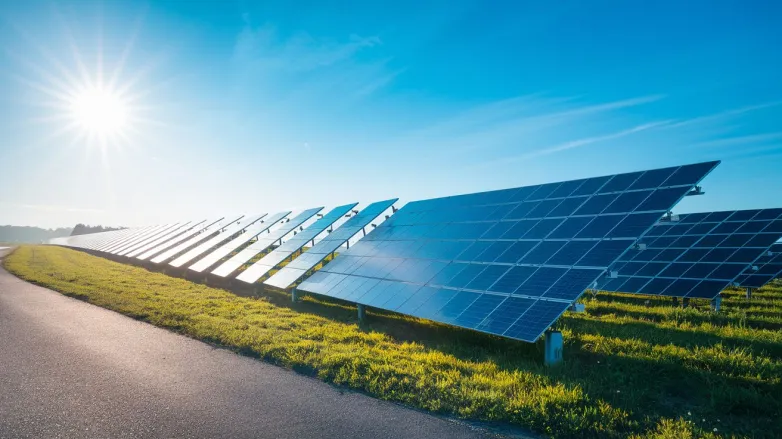EDPR inaugurates 87-MWp Brandenburg solar, first German renewables project
- EDP Renewables opened an 87-MWp solar plant in Brandenburg—its first renewable project in Germany—adding clean daytime capacity to the local grid.

EDP Renewables (EDPR) has commissioned an 87-MWp solar park in Brandenburg, marking the company’s first renewable energy project in Germany and a foothold in Europe’s largest power market. The asset adds a meaningful block of daytime megawatt-hours to a region that has embraced renewables build-out while strengthening grid codes and environmental standards.
Technically, the site follows a modern, bankable blueprint: high-efficiency (often bifacial) modules on single-axis trackers to extend output into morning and evening shoulder hours, DC/AC ratios tuned for annual yield, and plant-level controllers configured for reactive power support, ride-through during faults, and ramp-rate limits aligned with German TSO requirements. Unified SCADA with string-level telemetry enables predictive maintenance and early-life performance tuning—thermal imaging, IV-curve tracing, and targeted cleaning that add incremental energy over time.
EDPR’s entry into Germany is strategic. The company brings scale from Iberia, France, and the U.S., and can recycle its standardized EPC methods, O&M playbooks, and corporate PPA expertise into a market that increasingly values hourly matching, green-power provenance, and grid-support capabilities. While this first project is solar-only, footprints and transformer headroom typically leave space for two-to-four-hour batteries to shift energy into the evening peak and provide frequency and voltage services as ancillary markets deepen.
Community and environmental safeguards are integral under German planning rules. The Brandenburg plant incorporates traffic and noise controls, biodiversity net-gain measures—species-rich groundcover, reinforced hedgerows, habitat corridors—and visual mitigation along rights-of-way. Decommissioning provisions and recycling pathways for modules and balance-of-plant components are embedded in contracts and permitting.
Commercially, EDPR can layer long-term offtake with calibrated merchant exposure, optimizing capture rates at a strong node. Early lessons from first-winter operation—soiling, snow shedding, and tracker stow strategies—will inform fleet standards as the platform scales nationally.
The takeaway: EDPR’s German debut adds clean supply where demand is high and policy support is strong, while setting the stage for hybridized projects that turn intermittent megawatt-hours into dependable evening capacity.
Also read

